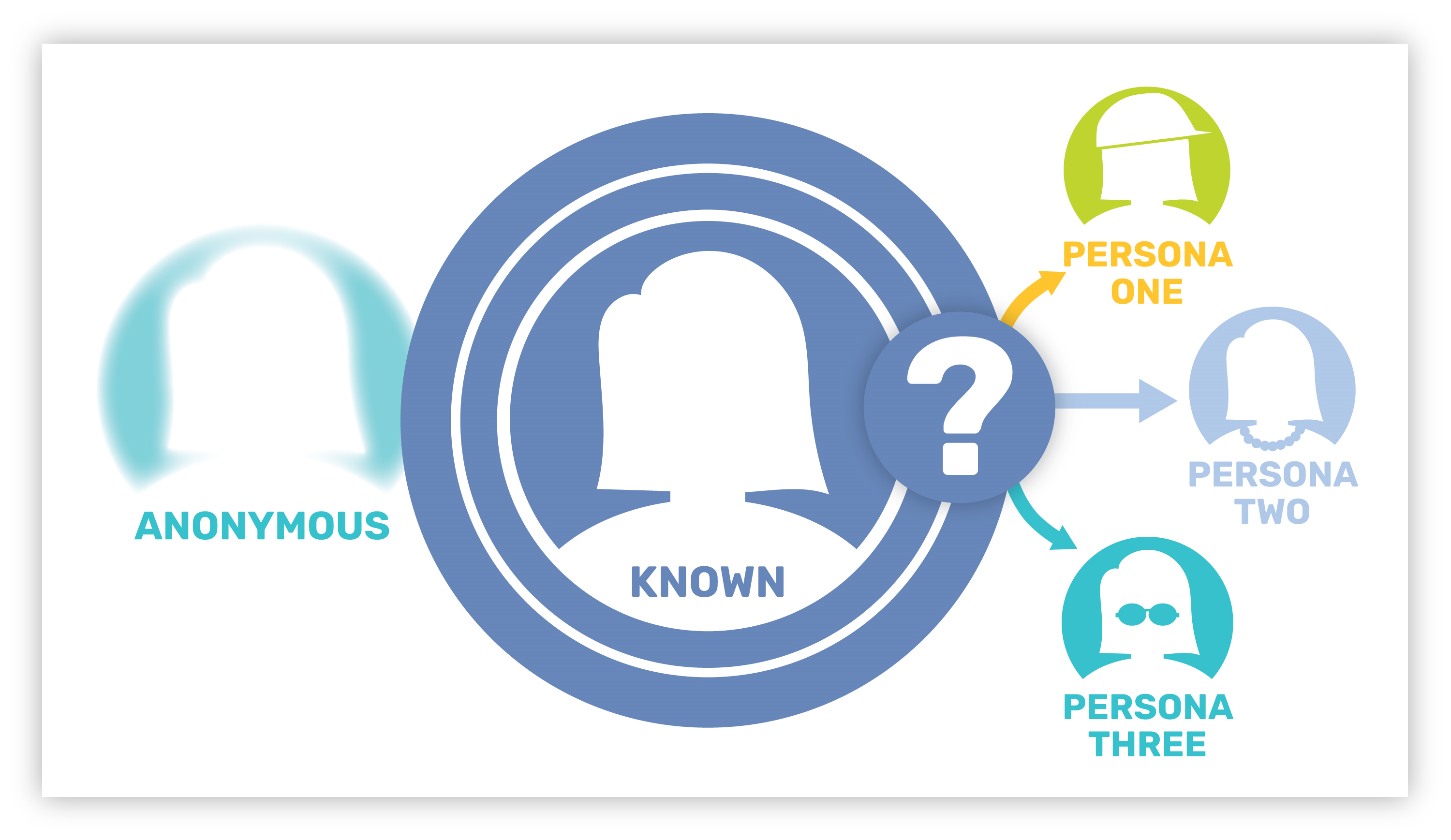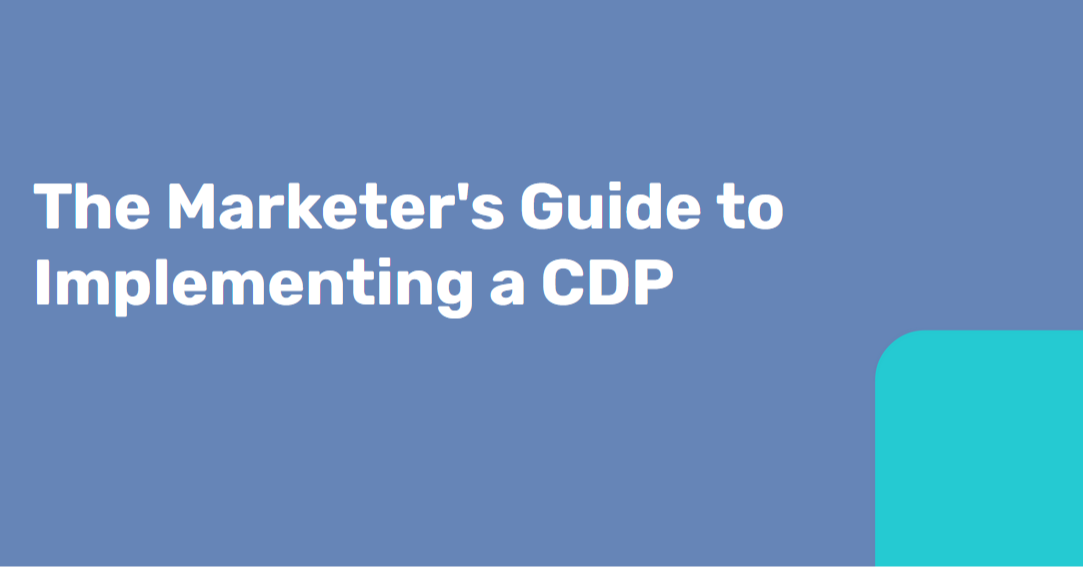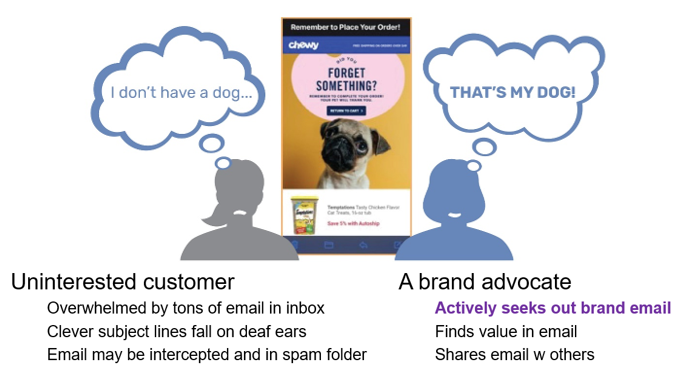CDP readiness series - getting the most out of customer data
No surprise: brands are inundated with customer data from various touchpoints. That’s why a Customer Data Platform (CDP) is important - to help businesses make sense of customer data and provide important benefits...
We’ve written about the benefits of CDP in detail, and simply put they provide:
- Unified customer view: A CDP creates a single, holistic view (or “golden record”) of each customer. This unified view lets brands understand the context and journey of a customer as they interact across channels.
- Real-time reactions: Many CDPs process data in real-time, allowing businesses to react to customer behaviors and optimize customer experiences.
- Personalization at scale: With CDPs, brands tailor their marketing to individual customers, leading to personalized campaigns and incremental results.
- Channel integration: CDPs can help communicate with customers across channels and helps provide seamless brand experiences (customers don't see "channels", they only see "brands").
- Data readiness: Evaluate the quality and structure of your existing data. This includes understanding the data’s source, where that data resides, its format, and its accuracy. For more on data readiness, read our readiness guide here.
- Use cases for the CDP: Define goals and success criteria. Perhaps it's improving customer engagement, increasing sales, or acquiring new customers - having clear objectives will guide the implementation process.
- Stakeholder buy-in: Ensure that all relevant stakeholders are on board with the CDP project. This includes Finance, IT, Marketing, Sales and Service.
- Continuous learning: Be open to learning as you go. Regularly review and refine your strategies to ensure you're maximizing the potential of your CDP.
So, where do you start? Let’s dive into the data.
Customer data comes in many forms
Start with unique identifiers for known customers and anonymous visitors. For known customers, these identifiers can include:
- Email Addresses
- Mobile Numbers
- Terrestrial Addresses
- B2B Accounts
- Customer IDs
And while you may not know the names of anonymous visitors, they've left behind data such as:
- Device IDs
- MAIDs, or Mobile Advertising IDs
- Browser cookies (1st and 3rd party)
- IP addresses
- Identifier for Advertising (IFAs) for over-the-top (OTT) devices
- Social media handles
If you’re not currently able to capture anonymous visitor data, CDP vendors can place a pixel on your website to capture these data for you.
Beyond the identifying data, other customer data help us understand who they are, where they interact, what resonates with them, such as:
- Transactional data: Purchase history, order amounts, and product affinities.
- Behavioral data: How users are interacting with owned media - what they are clicking on, how much time are they spending and their path to purchase.
- Surveys: Direct inputs from customers about their user experiences and motivations.
- Social media interactions: Likes, shares, comments can provide clues into customer sentiment and advocacy.
- Customer support interactions: Complaints and feedback from customer contact centers are leading indicators of satisfaction and tenure. CDPs that leverage these interactions can turn bad experiences around, particularly important for valuable customers, who are not shy about social media (and will sing your praises if a situation gets resolved).
What other first-party data are you collecting?
Brands collect first-party data which are used by CDPs including:
- Customer profile: Sometimes called zero-party data, this is what customers want you to know. Maybe it's their favorite color of makeup, their shoe size, or even their pet's name. Customers share this information because they trust the brand and want a more tailored experience.
- Loyalty program: Who are your brand's superfans? Who keeps coming back for more?
- Credit program: For some businesses, offering credit can lead to long term purchasing and provide a competitive differentiator.
- Preferences and consent: It's important for CDPs to manage communication preferences (particularly SMS and Email) but also as a foundation for compliance.
CDPs tell you who's buying and why
Now that we have all of this data flowing, what’s next? Brands leverage the CDP to aggregate information to make better decisions and deliver optimized customer experiences. With customer data, the way brands categorize and aggregate information can significantly impact their marketing strategies and customer engagement.

- Segments: Broad categories of customers based on shared characteristics, such as demographics (age, gender, location), behaviors (frequent buyers, occasional visitors, cart abandoners) and value (big spenders, subscription buyers).
- Personas: Representations of your ideal customers. Crafting personas involves a mix of data and storytelling. For example:
- Tech-savvy Tina: A young professional who loves the latest gadgets.
- Budgeting Bob: A middle-aged father of two who's always looking for deals.
- Audiences: Specific groups you target for particular campaigns. CDPs can turn segments of best customers into lookalike audiences for new customer acquisition.
- Lists: More straightforward groupings based on clear criteria. Examples include, newsletter subscribers, loyalty program members and also include suppression lists (seeds, employees, opt outs, fraud prevention).
CDPs on steroids: predictive analytics and AI
The explosive growth of AI and the amazing insights it can unlock have dominated headlines. CDPs are using predictive analytics and self-optimizing campaigns to deliver incremental value. What are CDPs predicting?
- Tenure: How long customers stay subscribed to your service, whether they are likely to pause or cancel.
- Attrition: Predicting attrition, or churn, can help you take proactive measures to retain valuable customers.
- Customer Lifetime Value (CLV): Understanding CLV can guide marketing investments and CDPs can optimize this investment at a customer level.
- Purchase intent: CDPs predict when customers are likely to make the next purchase and what they might buy.
- Product recommendations and attachment: Based on past behavior, CDPs can be particularly good at next product or additional product suggestions.
From a CDP readiness perspective, all these data should be sent to a CDP vendor so they can put the data to work for Marketers.
How do you measure success of your CDP implementation?
What does success look like? The best CDP implementations have a clear understanding of what you’re trying to achieve with benchmarks that can be tracked against investment.
- Set clear objectives: Maybe it's a 20% increase in customer engagement or a 10% reduction in churn. Be specific.
- Build the business case: Prove the value of the CDP with controlled experiments and scale the winning ideas.
- Incremental value: Demonstrate the difference a CDP can make on the customer experience and Return on Marketing Investment (RoMI).
How a CDP agency can help
These projects can have a lot of moving parts. It’s exciting and maybe a bit overwhelming. Having a CDP agency by your side can make all the difference by helping you at each stage - from readiness to getting the best results from your investment post-deployment. Let's explore how:
CDP Readiness and pre-deployment:
- Assessment: A CDP agency starts with an inventory of current data. What data do you have? Where is it stored? How clean and organized is it? What’s missing? What is the current state of the MarTech stack?
- Strategy development: Based on this assessment, a CDP agency can build an implementation plan based on available data and impact. This includes defining clear objectives, KPIs, and success metrics.
- Test plan. Setting up User Acceptance Testing (UAT) to validate the CDP before rollout.
Post-deployment to maximize a CDP’s value:
- Marketing communications: A CDP agency can help supercharge your marketing and communications plans with the following:
- Communications audit
- Multi-channel integrated planning
- Touchpoint calendar (including automated campaigns, self-optimizing campaigns)
- Email and digital marketing strategic development: An integral part of any marketing plan is your email and digital marketing strategy. CDP agencies can help:
- Email/SMS/push template development
- Marketing automation setup
- Creative audit
- Journey architecture and activation
- First-party data onboarding for lookalike audiences (and existing customer suppressions)
- Analytics: A CDP agency can work with your marketing team to develop:
- Analytics roadmap
- Dashboard planning and development
- Campaign reporting
- Customer and audience reporting
Download a CDP readiness scorecard
Now that you’ve got a firm grasp on the importance of organizing your customer data and developing a solid strategy for what to do with that data, it’s time to start thinking about getting your email program CDP-ready. Everyone talks about personalized email programs, but CDPs finally make that a reality; learn more about how to prep your email programs for a CDP in our next blog.
Where are you on your CDP journey? Download our CDP Readiness scorecard to help your team ensure a smoother deployment with faster time to results.




